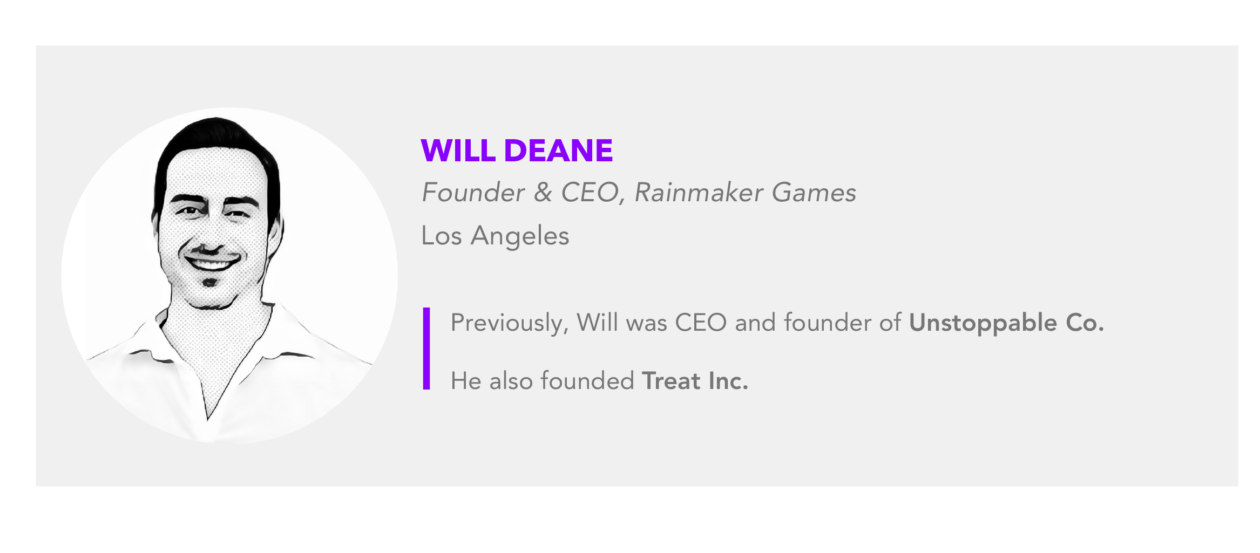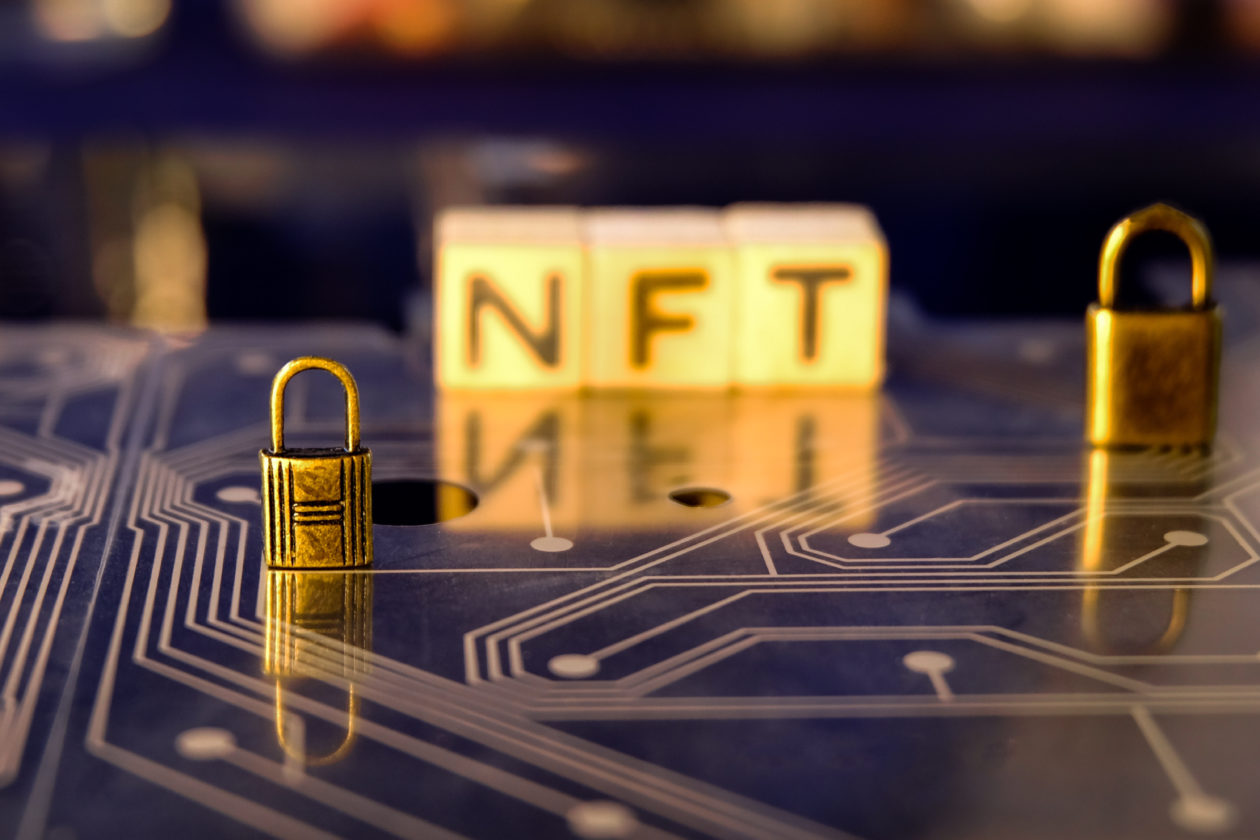The greater gaming community holds a very pessimistic outlook on any mainstream gaming companies attempting to integrate NFTs into their games. They see NFTs as a get-rich-quick scheme predicated by crypto scammers, and as a new way for gaming companies to dress up microtransactions. There is a lot to be wary of, and much of this sentiment is justified. Yet what if we look at this from a different perspective? What if we consider the fundamentals of the technology, compare that to how the current gaming ecosystem is run, and divorce it from all the indignation people feel when they see others spending US$100,000 on a JPEG of a monkey? I believe there is a different way to integrate this technology into games that will rock the traditional games economy to its core and hugely benefit players in the long run.
Gaming the system
First, let’s look at how the mainstream gaming economy is structured. For this example, let’s use a small game you may have never heard of, Call of Duty (CoD). That’s right, the 20-billion-pound gorilla in the room. CoD is the most popular and highest grossing shooter series of all time, selling millions of copies annually across consoles and PCs. CoD is also a yearly franchise, so we get at least one new CoD game every single year. The multi-player component of these games is where the lion’s share of profit resides and players who have been with the franchise for multiple releases have probably sunk hundreds, if not thousands of dollars into the in-game economy buying items such as skins, guns, maps, and all kinds of cosmetic and gameplay-enhancing add-ons. Yet when the players move on to next year’s entry, they must start accumulating items all over again. Even though you may have put US$200 into buying items for your game, those items will not port over to the new iteration. What if they did though? What if you bought a piece of DLC (downloadable content) and you actually owned it? What if you could take that with you through the years and utilize it how you wanted, or even resell it to other players and make some of the money back you initially spent — or even in the best-case scenario, earn a profit?

This scenario is exactly what happens in the play-to-earn (P2E) space via non-fungible token (NFT) content in the blockchain industry. NFTs are not relegated to being JPEGS and goofy memes; they can be weapons, skins and other items that have utility in a game. Once you purchase an NFT you own it, meaning that if you decide to start playing another game you can do whatever you want with those NFTs. They are not things that are actually owned by the developer and locked forever into their single ecosystem.
This shifts the paradigm of DLC dramatically. Gamers have been condemning the play-to-win nature of loot boxes and DLC since the notions were first introduced — and for good reason. It allows developers to give unfair advantage to those who are willing to pay for it and encourages a gambling-like addiction to stumbling on a loot box with rare items. Yet DLC will never go away as the industry continues to operate in its standard business model. So why not bring some flexibility to this model that allows gamers to own that DLC as an asset that they are able to do what they want with after they purchase it?
OK, Boomers
The main issue with the way current gaming studios have tried to integrate NFTs into their games is that they’re really NFTs in name only, because the players don’t have any real control over what they can do with them on a secondary market. This reeks of corporate boards trying to jump on a trend without fully understanding what makes it unique. So, by not offering any of the utility that makes NFTs unique as a digital technology, they are just DLC items by another name. The reason for this is probably somewhat complicated but in essence it comes down to the fact that these game developers have their own storefronts, and everything runs off their own servers. This is where a true blockchain infrastructure would change that at its core. Let’s be clear before we get lost in the weeds: Blockchain technology is not simply about cryptocurrency. Many people still think crypto is some sort of Ponzi scheme — those feelings notwithstanding, blockchain and crypto are not mutually exclusive.
The basic premise behind blockchain ledgers can be summed up as: open and peer-to-peer. Meaning, there is no one centralized authority or point of control, and everyone can see (and verify) every transaction as it occurs. Much like how a torrent works, no one person is hosting a single file — it is spread out across all users engaging with that torrent in a P2P fashion. This is decentralization at its most basic.
Cryptocurrency doesn’t even have to come into the conversation. NFTs are just keys that represent in-game assets that can be owned and transferred by the gamer instead of the developer. If these were real NFTs, buyers would be free to take them outside of the developer’s ecosystem. However, mainstream game developers have cut the legs out from under this most fundamental utility by continuing to keep them locked in their proprietary marketplaces.
Game on
According to the recently released Game Developers Conference (GDC) annual state of the gaming industry report, 72% of developers are not interested in cryptocurrency as a payment method, while 70% are not interested in integrating NFTs into their games. However, the report also noted that 28% are, at some level, interested in NFTs with 7% of that lot being “very interested.” It is also worth pointing out that only 1% replied that their studio integrates the use of crypto and/or NFTs, so adoption is mostly non-existent at this point. However, there is a subset of developers who are at least still open-minded about their use in traditional gaming. One anonymous developer was quoted as saying:
“I personally am quite interested in NFTs and cryptocurrency, but many people in my studio and friend circle do not like them and won’t develop for them. I think NFTs need to get a better reputation when it comes to [the] environment and art theft first, then it might be an interesting way to give digital content unique value.”
It will be hard to convince major developers to change their marketplaces to allow secondary sales, but the future is coming whether anyone likes it or not. The play-to-earn gaming space, which was born from and custom-made for blockchain technology, is one of the largest growing sectors of the industry. NFTs are integral to the most popular P2E games right now, and people from all over the world are, for the first time, in control of their in-game assets and able to leverage them in numerous ways while making a living just by playing their favorite games. This is a future divorced from the corporate control of digital assets, one that is changing lives and empowering players.
Blockchain can truly be the foundation from which we build the player-empowered next generation of gaming. All we have to do is not fight against the current and utilize the technology in the right way.




